Updated on April 9th, 2019
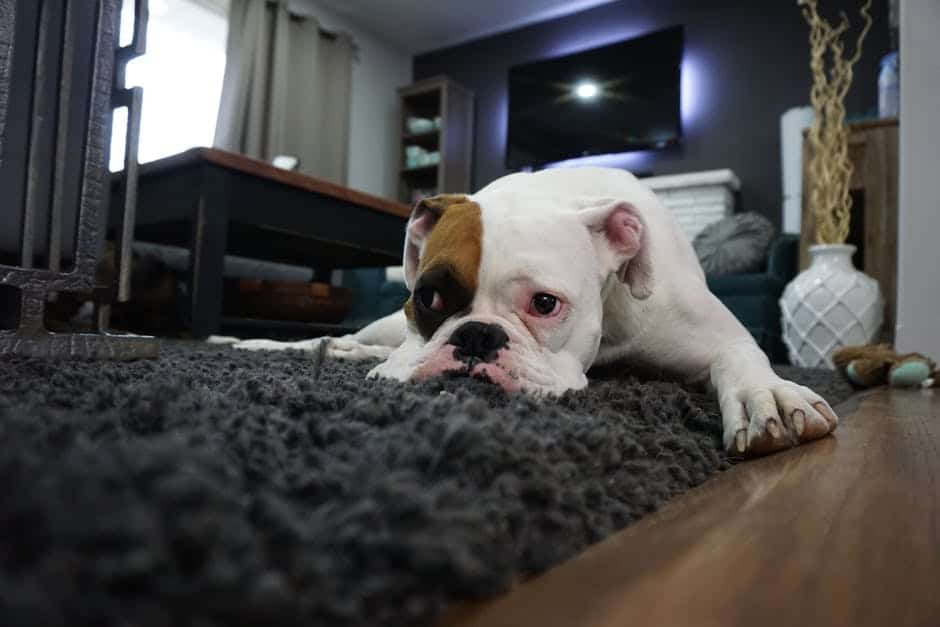
Image via Pexels
When you walk in the home of a pet owner, what is the first thing you notice? Is it the sweet family photo on the entry table with man’s best friend prominently perched in front, or maybe the basket full of toys and lovies sitting next to a cushy pet bed? Best case scenario, it’s the wet nose or soft purr of a dog or cat, requesting your love and affection.
Regardless of what you notice first, there are a few things most pet owners hope you won’t notice at all — starting with all that hair! Short hair, long hair, dark hair, light hair — no matter what kind of fur your pet has, it’s guaranteed to get everywhere. Without constant attention, the strands seem to multiply exponentially. Before you know it, hair is covering every available surface. Then there are the smells. Even the cleanest pets carry with them a certain “eau de animal” caused by stinky breath, sweaty paws, and time spent outdoors.
In addition to the things you can see and smell, pet owners also deal with less obvious threats to a clean and healthy home. From allergy-inducing dander to disease-causing bacteria, our four-legged family members can even get us humans sick if we don’t clean up after them.
There’s no doubt about it — the struggle for pet owners is real. The good news is, it is possible for you to keep your home spic and span without relegating your furry friend to the backyard, or worse, getting rid of him or her altogether. Our guide will show you how.
Step One: Keep Your Pet Clean
The first step to a clean house is a clean pet, and the first step to a clean pet is a bath. For dogs, recommendations for bathing intervals vary based on breed. For most dogs, bathtime once a month will keep them clean enough. Breeds with oily coats, like Basset Hounds, may need to be bathed once a week, while breeds with thicker coats, like Samoyeds, should be bathed less often. Of course, these are just guidelines. You may choose to bathe your pup more or less often depending on how dirty they get (and how bad they smell!). Just make sure to use a mild, pet-friendly shampoo that won’t dry out their skin.
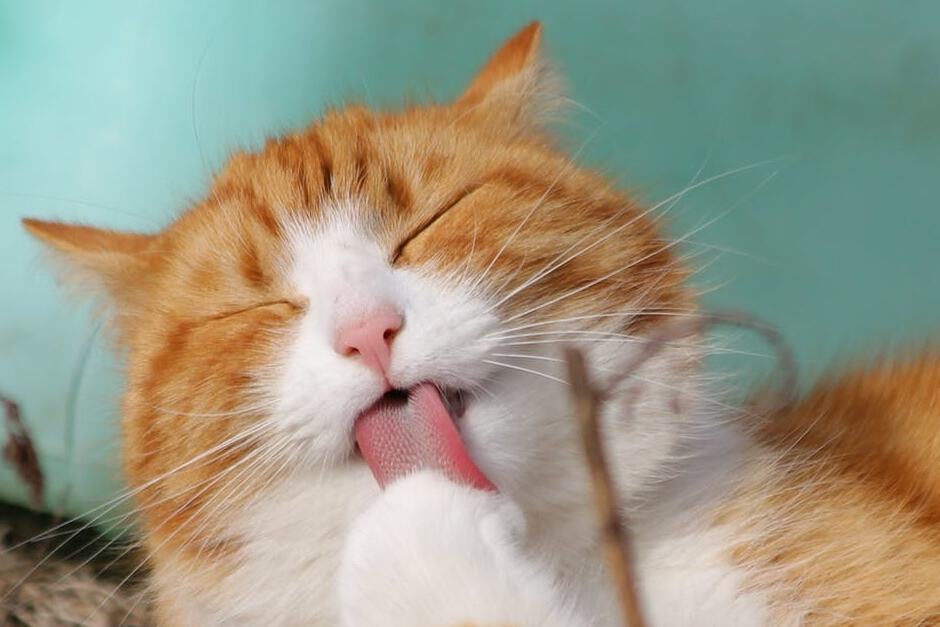
Image via Pexels
Contrary to popular belief, your cat should also be bathed regularly. While cats “clean” themselves by licking away hair, dirt, and food particles, a good bath can go a long way to keeping a cat looking, feeling, and smelling its best. As a general rule, monthly baths will help keep your cat’s coat healthy, reduce shedding, and prevent fleas.
Speaking of fleas, don’t forget flea, tick, and mosquito treatments for your furry friends. Cats and dogs require different types of treatments, so be sure to check with your veterinarian for his or her recommendations. Applied at regular intervals, these treatments will protect your pet from pesky insects and the diseases they carry. No bug bites means less scratching, too, which will help you on the clean-home front.
In addition to keeping your pet’s coat clean and bug free, you’ll want to keep nails trimmed, teeth brushed, and ears and eyes wiped clean. While not as noticeable on their own, these smells combined add up to a lot of stink.
TIP: Brushing pets between baths can help keep them cleaner longer. It removes dander (dead skin and hair) and dirt, and distributes oils that keep coats shiny and healthy.
Step Two: Create Pet-Friendly Spaces
Whether your pet has free reign of the house or is only allowed in certain rooms, the spaces where your furry housemates spend their time should be designed with cleanliness and durability in mind. (Don’t worry — that doesn’t mean you have to cover everything you own in clear vinyl!)
Keeping pets off of furniture is an excellent first step in keeping your home looking and smelling fresh. If that sounds too difficult, try this instead: pick one piece of furniture for your pet to make his or her own. A chair, ottoman, or corner of the couch are all good options. Then, cover the upholstery with a blanket or slipcover that can be easily removed and washed. Alternatively, place a pet bed in every room of your home. That way, your pet always has a nice, soft place to land, and you can toss it in the wash as needed.
TIP: Baking soda is a pet owner’s best friend. Sprinkle it on carpets and pet bedding to absorb odors, or mix it with water to scrub hard surfaces. It’s inexpensive and non-toxic.
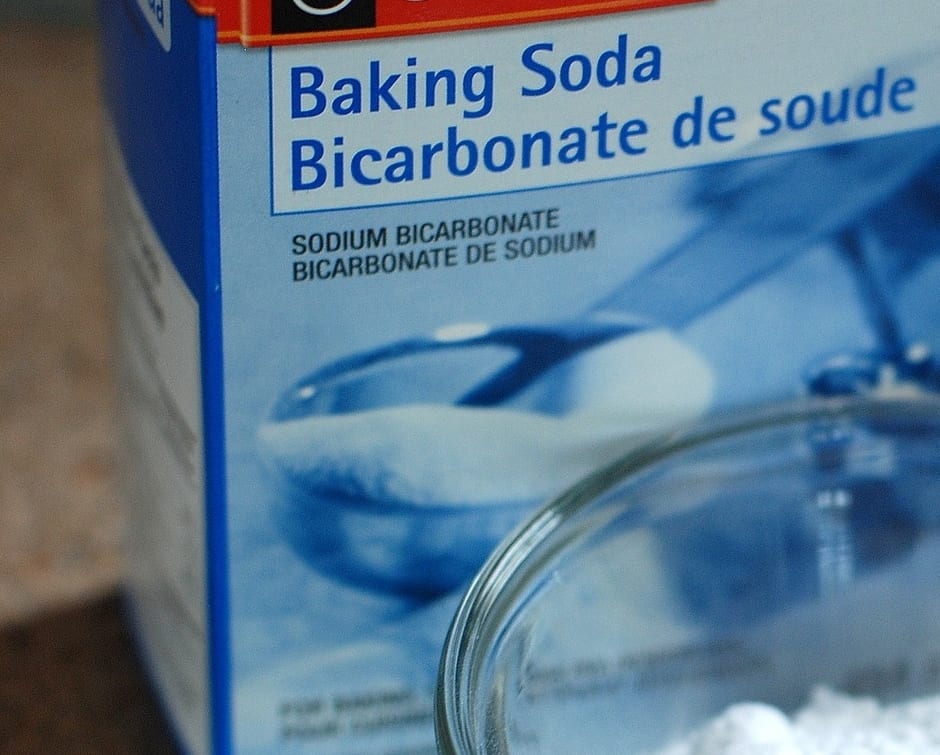
Image via Pixabay
If possible, place food and water bowls, toy buckets, overnight crates, litter boxes, and other pet paraphernalia in spaces with hardwood floors like a mudroom, bathroom, or kitchen. This will make it easier to clean up when Fido or Fancy inevitably makes a mess. Plastic or silicone placemats will catch spills and food particles and are easy to wipe down between meals. Avoiding placing food bags, toys, leashes and other accessories in baskets or fabric totes. Instead, opt for bins and buckets made of non-porous materials like metal or plastic. They’re easy to clean and won’t absorb odors.
TIP: Wipe your paws! To ensure outdoor dirt stays where it belongs, keep an old towel and some grooming wipes by the door, and give pets a wipe-down as they come into the house. You can also invest in an absorbent pet mat that traps dirt and moisture before it makes it to your carpet.
Step Three: Invest in Pet-Specific Cleaning Supplies
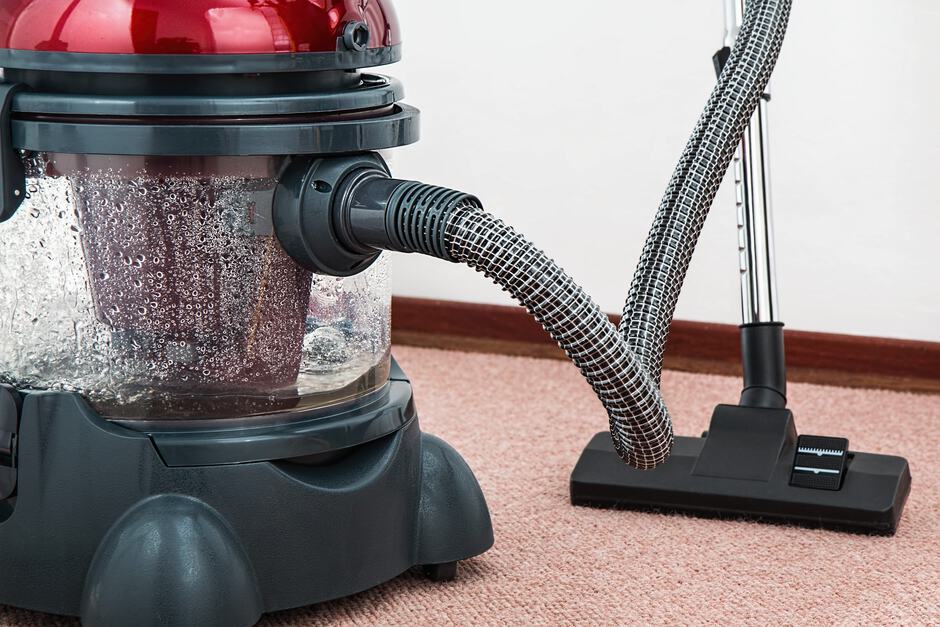
Image via Pexels
From carpet cleaner to vacuums, there is a pet-specific version of almost every cleaning product and tool you can imagine. While these extra-strength products are usually a little more expensive, it’s almost always worth the extra cash. They are designed to combat the issues pets are notorious for, hair and smell. And they don’t just clean better. In many cases, they also make cleaning faster and easier.
TIP: Keep a lint roller in each room of the house where your dog or cat is allowed. Use it for quick clean-up before company arrives or as a last-minute outfit touch-up before walking out the door.
There are also several tools and products designed solely for pet owners, like silicone grooming and de-shedding mitts. Simply place it on your hand and run it over upholstery, rugs, and even your pet itself to remove excess hair between cleanings. Then just rinse the mitt in warm water, and it’s ready to use again.
If it’s the microscopic dirt, germs, and allergens you’re worried about, invest in an air purifier with a HEPA filter. It will remove the smallest particles of dust and dander, which will help neutralize odors. You can also purchase allergen reducing air filters, pillow and mattress covers, and bedding.
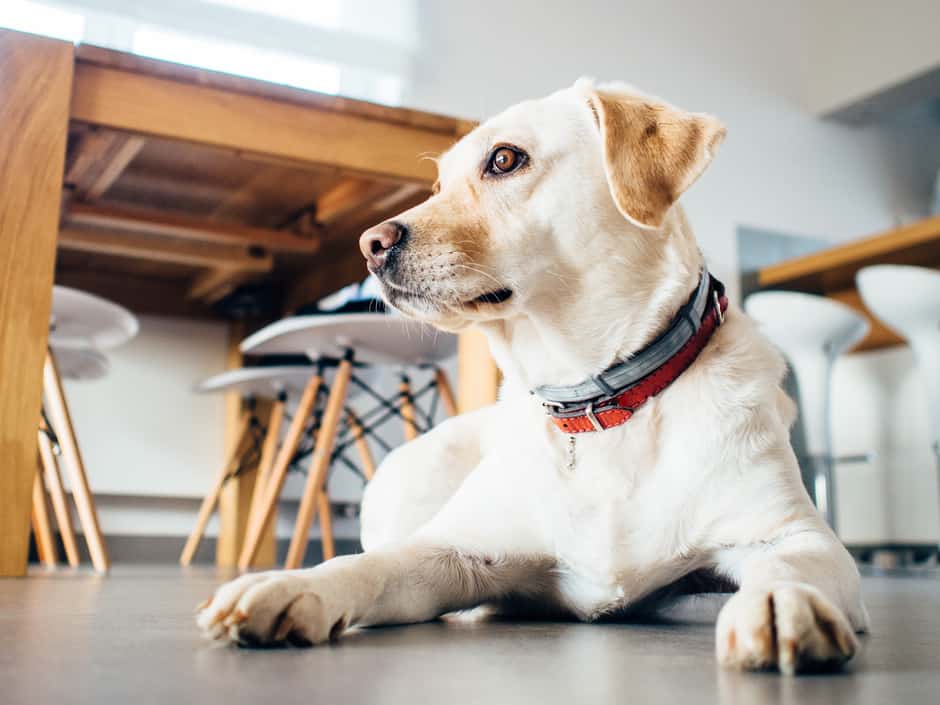
Image via Pexels
It is possible to have both a clean, healthy home and a happy, loved pet. You just have to remember that no matter which step you’re on, consistency is key. You don’t have to spend your whole life picking up after your pet, but nothing will make more of an impact on the state of your home than sticking to a regular cleaning schedule.
This post first appeared on Redfin.com. To see the original, click here.

